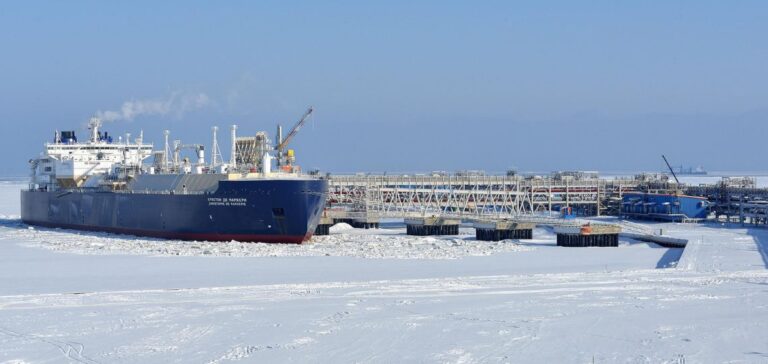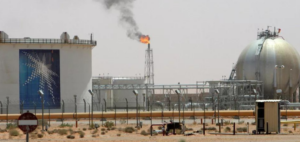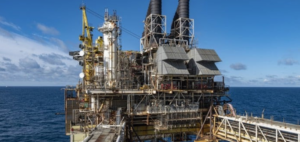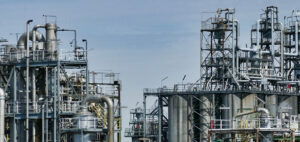The Ministry of the Economy of the Russian Federation has revised upwards its oil and gas export revenue forecast for 2024.
The figure now stands at $239.7 billion, an increase of $17.4 billion on previous estimates.
This revision comes at a time when Russia has successfully redirected its energy flows to Asia, offsetting the loss of market share in Europe, affected by Western sanctions and restrictions on Russian oil imports.
The new forecasts indicate an increase in crude oil exports to 239.9 million metric tons in 2024, compared with 238.3 million in 2023.
The average price of exported oil is revalued at $70 per barrel, up from $64.5 the previous year, exceeding the $60 ceiling imposed by the West.
This positive price and volume dynamic could partially absorb the impact of economic sanctions.
Redirecting flows to Asia
Faced with the restrictions imposed by the European Union, Russia is stepping up its exports to Asian markets, mainly China and India.
Adjustments to forecasts show that this diversification strategy is beginning to bear fruit.
At the same time, natural gas prices for Europe and China are also being revised upwards, reflecting stable demand in these regions.
However, despite this apparent resilience, pressure on Russian exports remains high, with geopolitical risks persisting.
By 2025, revenue forecasts reach $236.5 billion, an upward adjustment from a previous estimate of $226.2 billion.
This revision is part of an overall reassessment of the energy market, where price fluctuations and volume adjustments play a critical role.
Anticipated drop in oil production
At the same time as increasing revenue forecasts, the Russian Ministry of the Economy is adjusting its oil production estimates downwards.
Production is expected to reach 521.3 million tonnes in 2024, down from 529.6 million tonnes in 2023.
This reduction is part of the concerted efforts within OPEC+ to limit production in order to stabilize a volatile oil market.
By 2025, oil production could fall further to 518.6 million tonnes.
The expected drop in production underscores the delicate balance Russia is trying to maintain between meeting OPEC+ production quotas and maximizing its export revenues in an unpredictable market environment.
The current strategy is therefore based on optimizing gas exports while navigating the challenges posed by falling oil volumes.
Long-Term Projections and Geopolitical Challenges
Long-term forecasts for Russian energy remain mixed.
On the one hand, gas production is set to rise until 2030, indicating continued adaptation to the new realities of the global market.
On the other, falling oil exports reflect the constraints imposed by OPEC+ agreements and internal challenges.
Political and economic tensions will continue to dictate production and export adjustments.






















